Sironi opened his design office in 2008 on his return to Italy after a degree from Milan Polytechnic, craft training in Brianza (where he was born), working with internationally famous architecture and design offices and experience gained in America. A long and intense upward climb that has won him major prizes and awards—from Germany's "IF Gold Award", recognising the 50 best designs worldwide, to the prestigious American "Good Design Award", the "Designpreis", sponsored by the German Ministry for Economics, the international "Red Dot Design Award" and the Compasso d'Oro. Sironi is already a successful "young designer" and a name to watch.
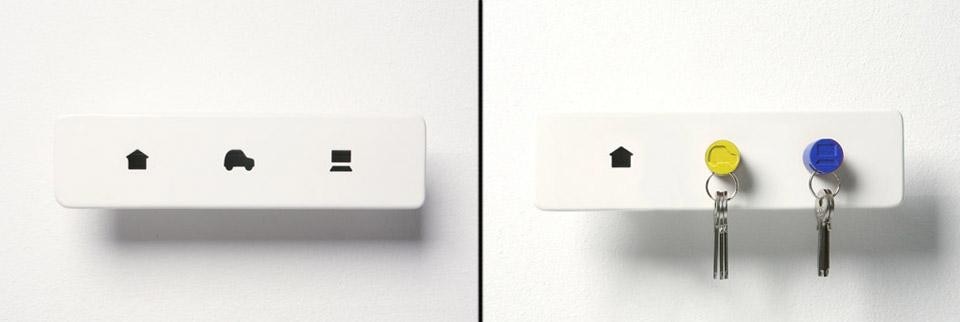
Above: PlayKeys stems from a design process empathetic to the issues of everyday life. The inspiration came from children’s games in which a certain hole corresponds to a form of the same shape.
Just back from his holidays and not even unpacked, he is already at work for MACEF, the International Home Show (Milan, 8–11 September) and he lets Domus in on some secrets: "I'm presenting the S,M,L umbrella stand, produced by Diamatini & Domeniconi in the Creazioni Designer space. This is the final version after we presented the prototype at the Milan Furniture Fair. The umbrella stand has an additional function—a handy rack for those folding umbrellas that normally fall to the bottom of the stand or don't have a proper place. You'll also see prototypes of table objects, produced by Officinanove, including vases for dried flowers in painted metal based on the bent-metal production process. They will be called TUBASO." He is both tireless and determined. "I will use the MACEF showcase to give visibility to the Playkeys key rack I have now decided to self-produce starting from September."
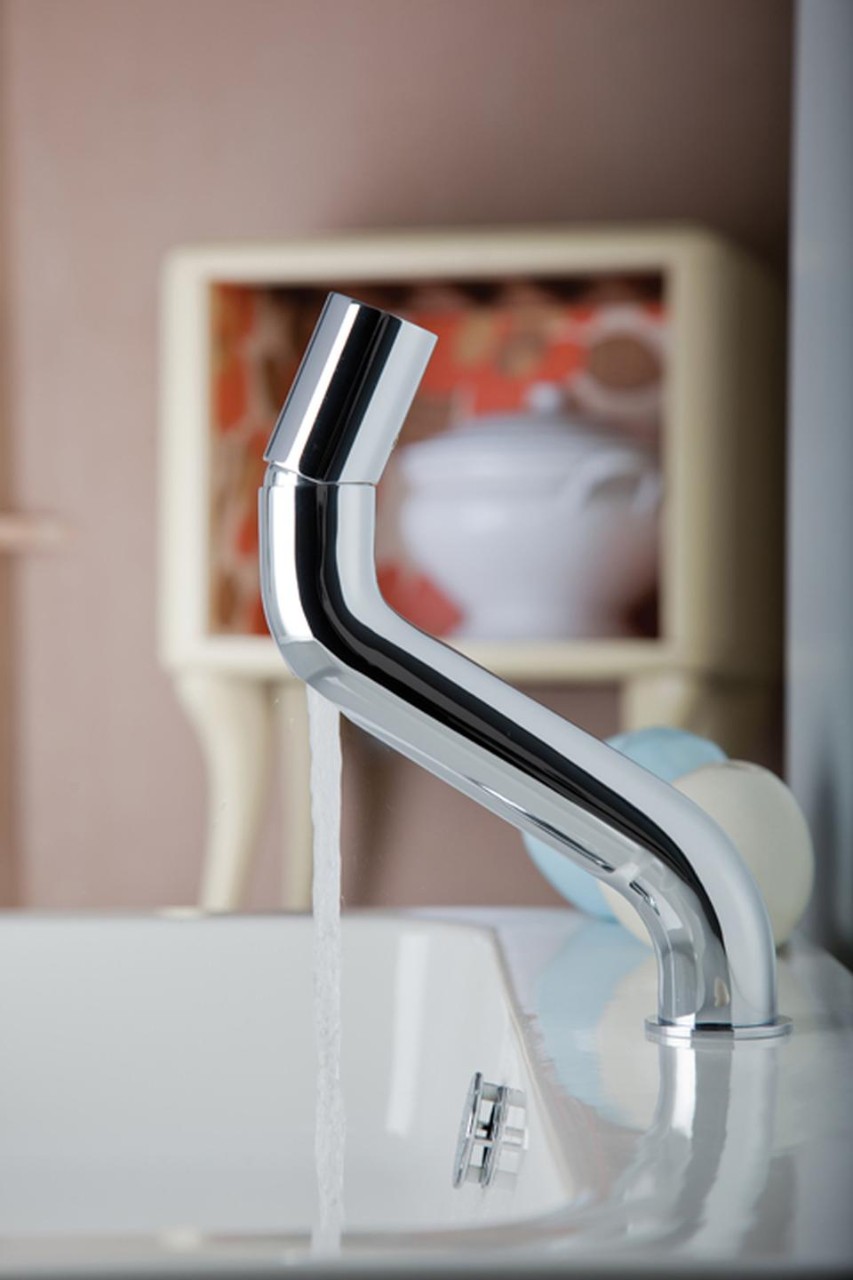
I hope that industrial design does away with all those objects designed just for the magazines and provides a concrete and ethical response to product overcrowding and the exploitation of primary resources.
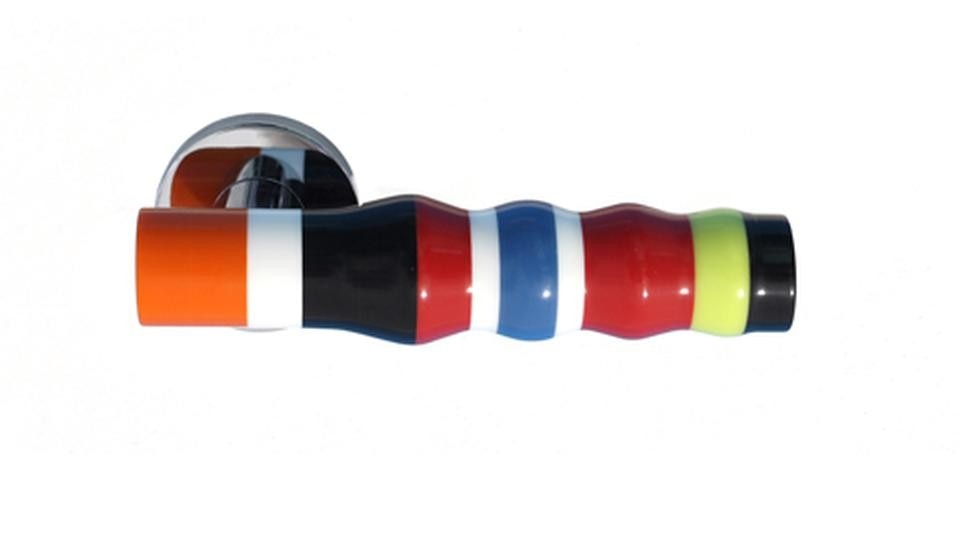
How do you work on a design? How do you get an idea? Three principles steer Sironi's work: "I try to add a new function to an existing object type, empathise with the user and, lastly, work on the production process." He sees the search for forms and empathy with the end user as musts. "Based on the assumption that today everything has already been designed and we need nothing more, I work to give meaning to my designs. To me, this means bringing radical or at least incremental innovation." Examples? "In the case of S,M,L, I added the function of the folding-umbrella rack. Empathising with users helped me pinpoint this 'lack' in umbrella stands and it also enabled me to conceive Playkeys. Understanding and being familiar with the production process of numerical control pipe-bending helped me create TUBASO—its construction process is clear and exploited in its purest simplicity."
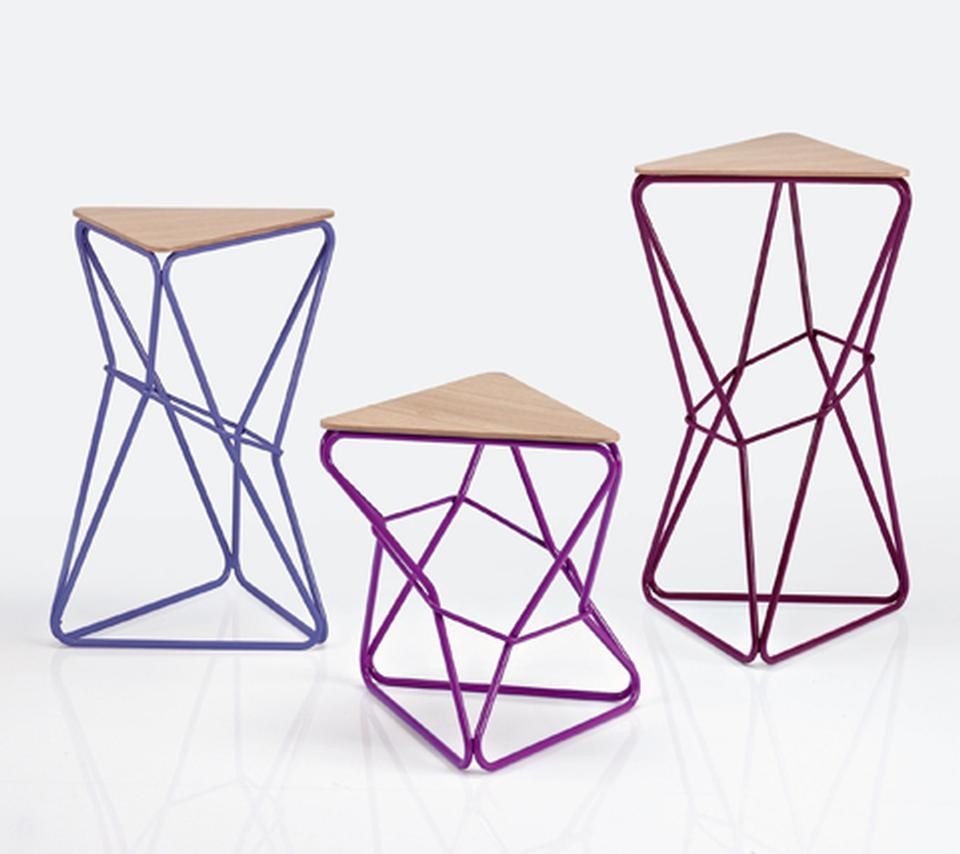
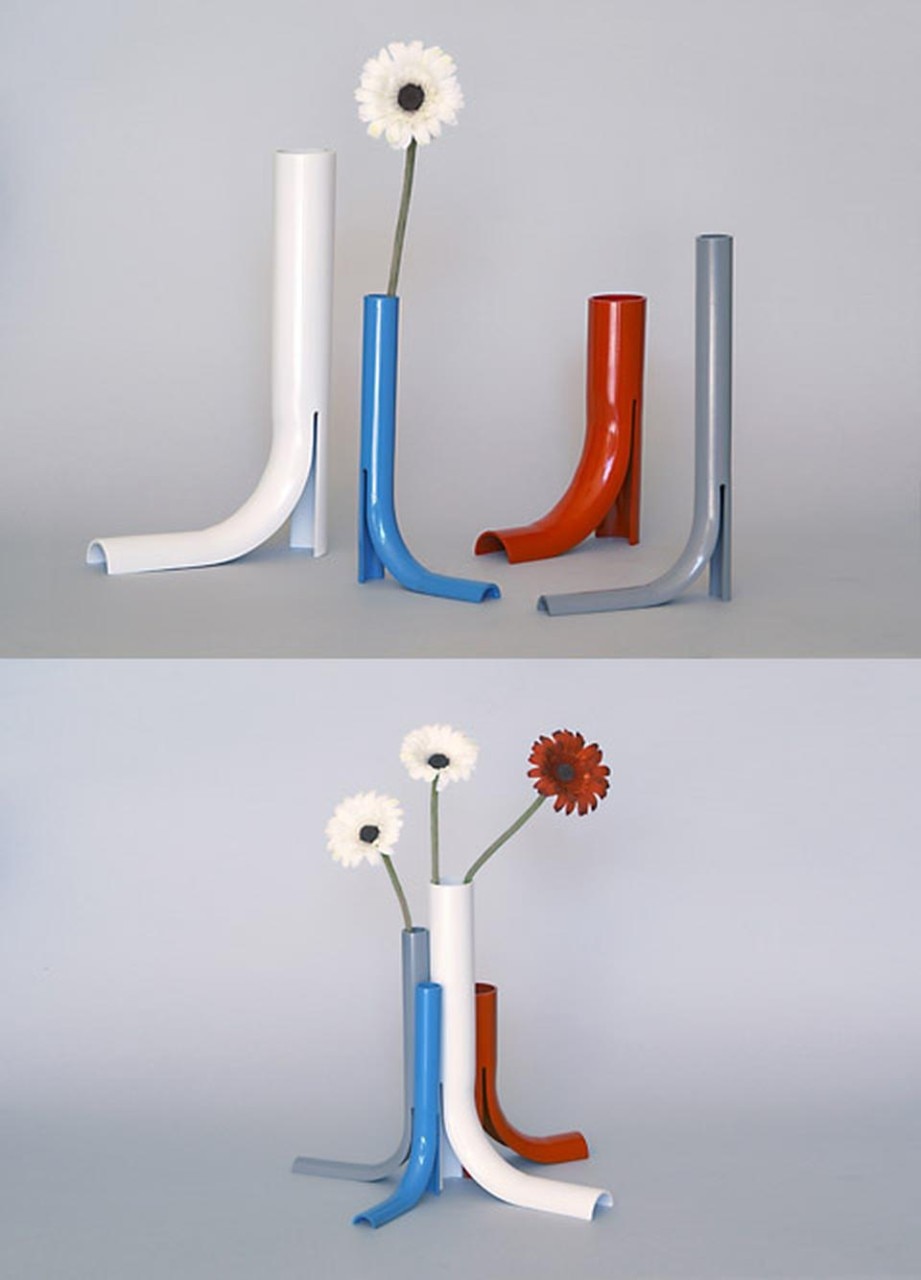
He does not think the future lies in eco-design but he is extremely sensitive to materials and raw material costs. "I do not see one specific direction but numerous potential directions that do not claim to be the only way forward. Think of the phenomenon of self-production, which has developed hugely in recent years. I do, however, hope that industrial design does away with all those objects designed just for the magazines and provides a concrete and ethical response to product overcrowding and the exploitation of primary resources."
Greta La Rocca
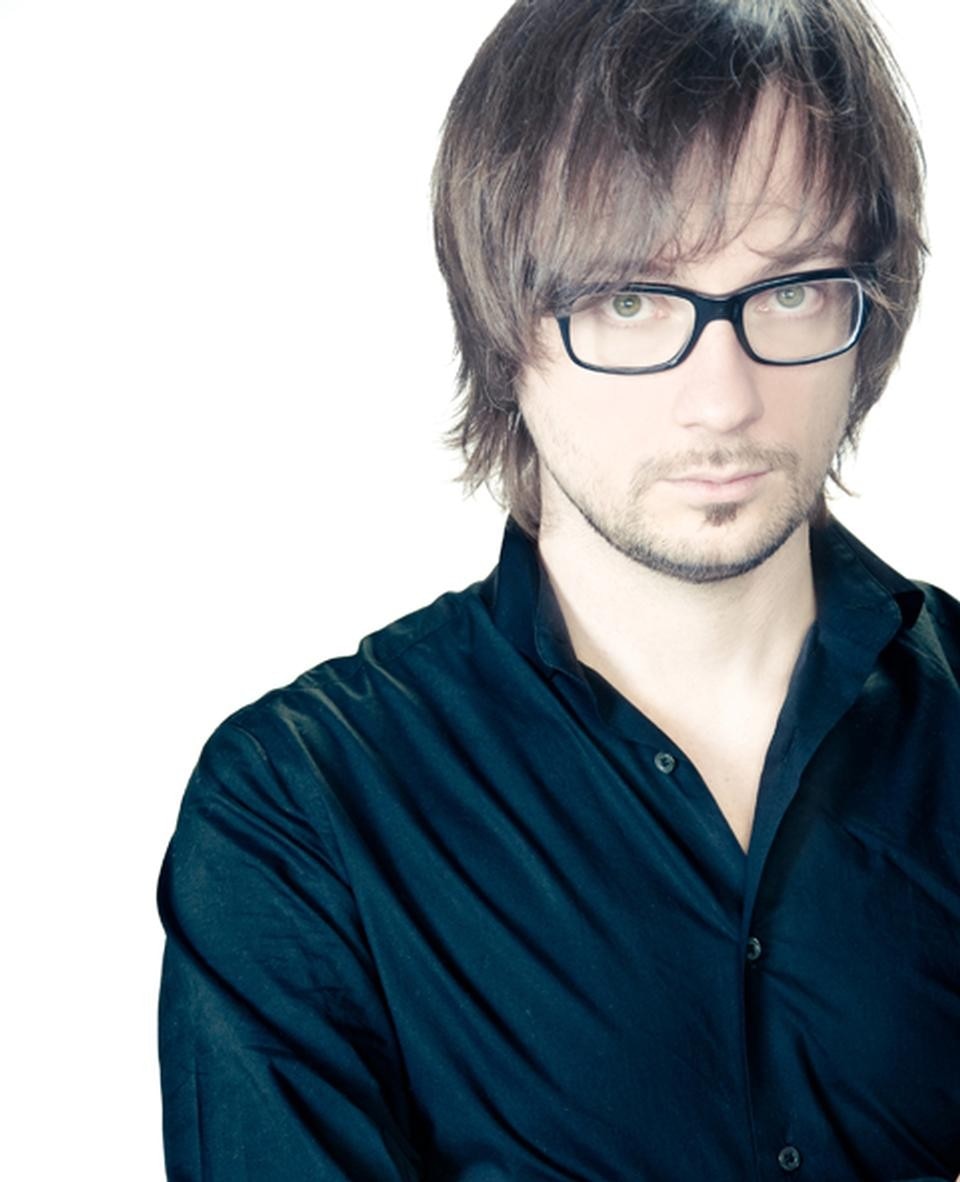
Brian Sironi was born in Seregno in 1977. He graduated in Industrial Design from Milan Polytechnic. His academic studies were supplemented with craft training in his local area and he worked with the main names in Brianza furniture production (joiners, blacksmiths, carvers, upholsterers). After working with internationally famous designers and architectural offices, he moved to the United States where he completed his development process in cosmopolitan surroundings. He returned to Italy and opened his own design office in 2008. He focuses on product-user relationships and favours the search for form. In 2009, he won the Design dello Stupore award at the Young & Design competition. He received many more awards in 2010: the prestigious international iF Gold Award, an Honourable Mention at the Annual Design Review of the American I.D. magazine and inclusion in the ADI Design Index 2010, a pre-selection for participation in the 22nd ADI Compasso d'Oro. In the summer of 2011, he won the ADI Compasso d'Oro for the Elica lamp, designed for Martinelli Luce.

